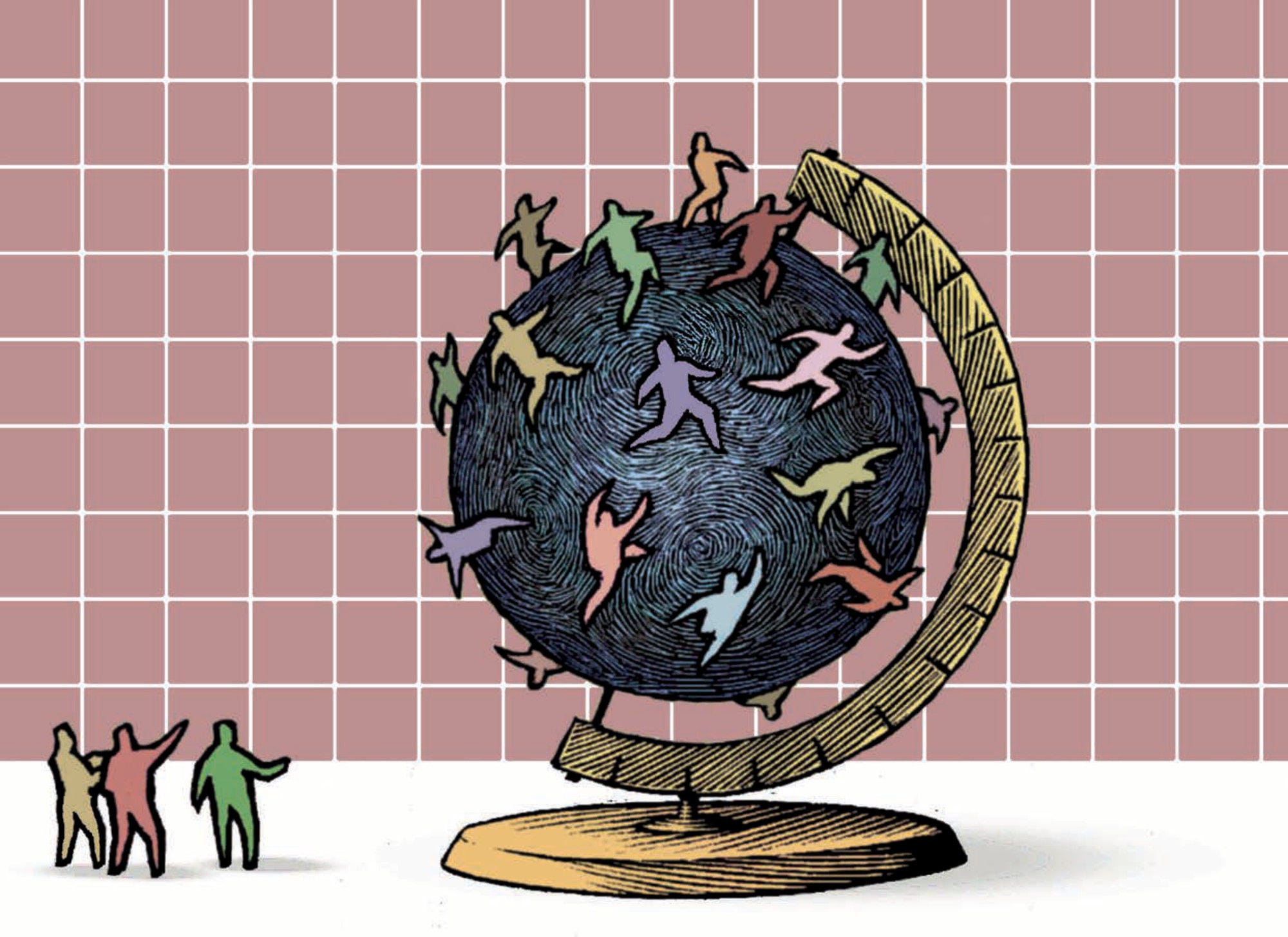In 2017, Denmark received 57 000 new immigrants on a long-term or permanent basis (including changes of status and free mobility), ‑6.4% compared to 2016. This figure comprises 51.5% immigrants benefitting from free mobility, 13.4% labour migrants, 20.6% family members (including accompanying family) and 4.8% humanitarian migrants.
Around 8 900 permits were issued to tertiary-level international students and 5 600 to temporary and seasonal labour migrants and trainees (excluding intra-EU migration). In addition, 16 000 intra-EU postings were recorded in 2017, a decrease of 0.7% compared to 2016. These posted workers were generally on short-term contracts.
Romania, Poland and Syria were the top three nationalities of newcomers in 2017. Among the top 15 countries of origin, Iran registered the biggest increase (500) and Syria the largest decrease (‑6 500) in flows to Denmark compared to the previous year.
In 2018, the number of first asylum applicants increased by 11.3%, reaching around 3 500. The majority of applicants come from Eritrea (700), Syria (600), and Georgia (400). The largest increase since 2017 concerned nationals of Eritrea (400) and the largest decrease, nationals of Syria (‑200). Of the 2 600 decisions taken in 2018, half (49.8%) were positive.
Emigration of Danes to OECD countries decreased by 1.9%, to 10 000. One in five (20.1%) of this group migrated to Germany or Sweden (18.2%) and 11.1% to Norway.
In March 2018, the Ministry for Economic Affairs and the Interior published a plan with a wide range of measures subsumed under the heading of ‘dismantling parallel societies and immigrant “ghettos” by 2030’. The plan foresees physical changes to residential areas identified as “ghettos”, a concept introduced in 2010. A “Ghetto List” is updated regularly by the Ministry of Transport, Building and Housing, considering residential areas with at least 1 000 residents meeting at least three of five criteria: residents' connection to the labour market; share of residents with non-Western background; crime rates; low education levels; and income. There were 29 such areas in 2018. The plan imposes stricter management of who can move into or renew a lease in these residential areas. Benefit recipients face restrictions on moving to such areas. Police presence is strengthened in these areas and higher penalties are imposed for offences committed in “tightened penalty zones”. Integration efforts aimed at young children are reinforced, with a focus on learning Danish. Measures include mandatory early childhood day care, language classes before entering school, and strengthening incentives for parents through facilitated parental leave as well as a potential withdrawal of child allowances. Since 2019, students in schools where more than 30% of students are from residential areas identified as “ghettos” must take language tests.
In mid‑2018, the Danish government proposed a change in EU law to allow indexing child allowances paid for children who reside abroad to living costs in that EU country. This initiative did not pass and has not been implemented in Denmark.
The Danish Ministry for Immigration and Integration announced in October 2018 that DKK 95 million over four years had been set aside to increase employment of immigrant women, including immigrants with long durations of stay in Denmark. The funds are intended to support municipalities in providing eligible women with training, contact persons and mentors. The Ministry reported an employment rate of 47% for immigrant women from non-Western countries, compared with 74% for Danish women.
The political agreement on the government’s 2019 budget emphasises the temporality of refugees’ stay in Denmark. Refugees can only stay in Denmark as long as protection is needed. The main goal during their stay remains rapid access to employment. The social benefit will be renamed, from “integration allowance” to “self-support and return benefit” for refugees and their families. For other foreigners and Danish citizens, the benefit will be named “transition benefit”. The integration allowance has been for everyone who has been in Denmark for less than seven of the last eight years; the new agreement increases this to nine of ten years of which at least two and a half years must have been in employment. The benefit was reduced for parents in the country for three years.
A law took effect in January 2019 that integrates a mandatory handshake into the procedure of acquiring Danish citizenship. In practice, the certificate of naturalisation is bestowed only after a handshake during the ceremony.
For further information:
www.uim.dk (in Danish)
www.newtodenmark.dk
www.integrationsbarometer.dk (in Danish)
www.dst.dk/en
www.workindenmark.dk
